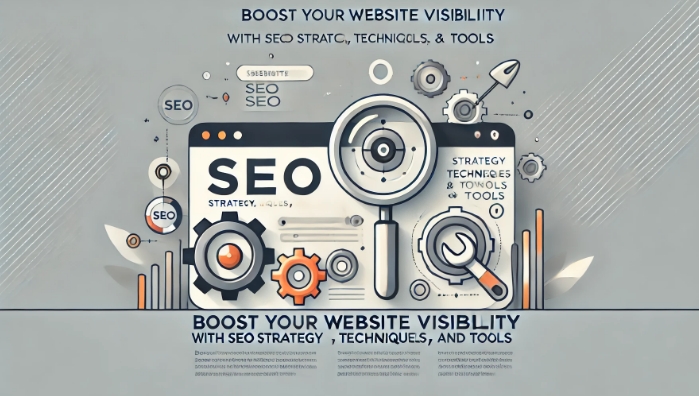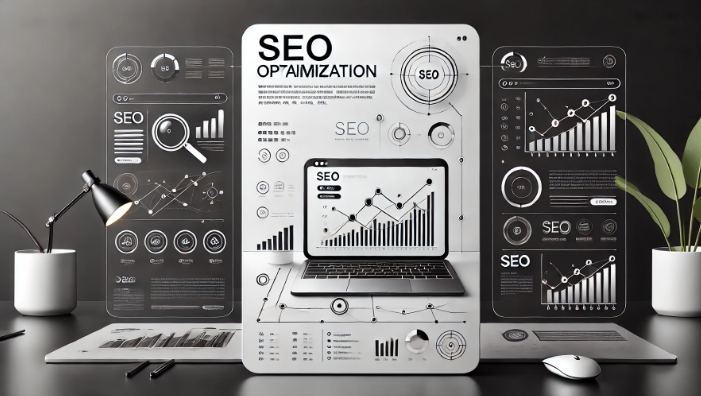Page speed is a critical component of modern web design and development. Not only does it influence the user experience, but it also directly impacts search engine rankings, conversion rates, and overall engagement. Users today expect fast-loading pages and seamless interactions—if a page takes more than a few seconds to load, potential customers are likely to leave, costing businesses valuable conversions. Here’s why page speed matters so much and a step-by-step guide to optimizing your site’s performance for better results.
Why Page Speed Matters
- Improved User Experience: Page speed is directly tied to the user experience.
- Higher Search Engine Rankings: Google and other search engines consider page speed a ranking factor, especially for mobile searches.
- Increased Conversions and Sales: Page speed has a direct correlation with conversion rates.
How to Achieve Page Speed Optimization
Achieving optimal page speed is a multi-step process that requires a mix of technical adjustments and best practices. Here’s how to get started:
1. Optimize Images
Large image files are a common culprit in slowing down page speed. By compressing images and using modern formats, you can reduce their file sizes without compromising quality.
Tips: Use the correct image format. Compress images. Set proper dimensions.
2. Minimize HTTP Requests
Each element on a webpage—images, scripts, and stylesheets—requires an HTTP request to load. Reducing the number of these requests speeds up loading times.
Tips: Combine files. Use CSS sprites. Inline critical resources.

3. Enable Browser Caching
Caching stores parts of your website on users’ devices, so they don’t need to reload the same data each time they visit. This significantly reduces load times for repeat visitors.
Tips: Set cache-control headers. Use content delivery networks (CDNs).
4. Minify CSS, JavaScript, and HTML
Minification removes unnecessary characters—such as whitespace, comments, and line breaks—from your code, making it more compact and faster to load.
Tips: Use minification tools. Eliminate unused code.
5. Optimize Server Response Time
Slow server response times can bottleneck your site’s speed. Improving your server’s performance will ensure users don’t experience delays, especially during peak traffic.
Tips: Choose a reliable hosting provider. Use a lightweight theme. Implement server-side caching.
6. Prioritize Above-the-Fold Content
“Above-the-fold” content is the part of a webpage that users see without scrolling. By loading this content first, you improve the perceived loading speed, even if other elements take longer to load.
Tips: Use lazy loading for below-the-fold elements. Prioritize critical CSS and JavaScript.
7. Reduce Redirects
Redirects slow down page speed, as they cause additional HTTP requests and wait times. Minimize or eliminate redirects wherever possible.
Tips: Use permanent URLs. Audit for unnecessary redirects.
Measuring and Monitoring Your Page Speed
After implementing these optimizations, it’s essential to measure your page speed and monitor performance over time. Monitoring your website’s speed regularly allows you to maintain optimal performance, ensuring users continue to enjoy a fast and efficient experience.
Final Thoughts: The Importance of Prioritizing Page Speed
Page speed is more than just a technical metric; it’s a crucial part of creating a user-friendly, high-performing website that appeals to both users and search engines. By implementing these optimizations, you’ll enhance the user experience, boost your SEO rankings, and maximize conversion potential. Investing in page speed optimization isn’t a one-time task. As your site grows and new content is added, regular assessments and updates are essential to maintaining top-notch performance. A fast, responsive website not only keeps users engaged but also strengthens your brand’s online presence and sets the foundation for sustainable success.


发表回复